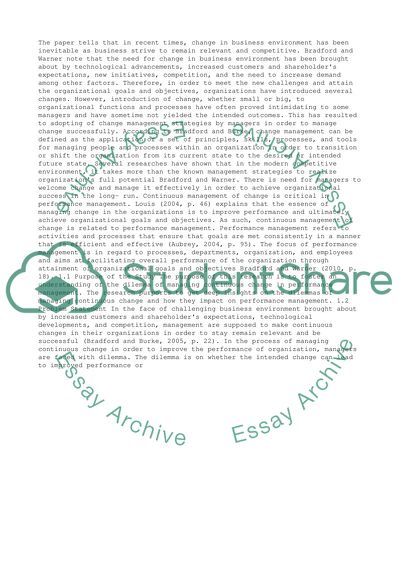Cite this document
(“The dilemma of managing continuous change in performance management Research Paper”, n.d.)
Retrieved from https://studentshare.org/management/1394735-the-dilemma-of-managing-continuous-change-in-performance-management
Retrieved from https://studentshare.org/management/1394735-the-dilemma-of-managing-continuous-change-in-performance-management
(The Dilemma of Managing Continuous Change in Performance Management Research Paper)
https://studentshare.org/management/1394735-the-dilemma-of-managing-continuous-change-in-performance-management.
https://studentshare.org/management/1394735-the-dilemma-of-managing-continuous-change-in-performance-management.
“The Dilemma of Managing Continuous Change in Performance Management Research Paper”, n.d. https://studentshare.org/management/1394735-the-dilemma-of-managing-continuous-change-in-performance-management.


